Endless Frontier: Vannevar Bush, Engineer of the American CenturyGregg Pascal Zachary In the 20th - the American - Century, no visionary stands taller than Vannevar Bush. As the inventor and public entrepreneur who launched the Manhattan Project, helped to create the military-industrial complex, conceived of a permanent system of government support for science and engineering and anticipated the personal computer and the Internet, Bush is our century's reincarnation of Ben Franklin. Beginning with his boyhood as a turn-of-the-century tinkerer in his father's basement in Massachusetts, Bush went on to study and teach electrical engineering at Tufts and MIT. An early academic entrepreneur, he cofounded Raytheon, a highly successful electronics company, in his spare time. At MIT, during the Depression, he built what were then the most powerful computers in the world. During World War II, he was Roosevelt's adviser and chief contact on all matters of military technology, including the atomic bomb. He launched the Manhattan Project and oversaw a collection of 6,000 civilian scientists who designed scores of new weapons. When an Allied victory seemed inevitable, his attention turned to the future. In July 1945 he published his legendary essay, "As We May Think, " widely cited as the inspiration for the personal computer and the World Wide Web. In his landmark "Endless Frontier" report, published only weeks later, he boldly equated national security with research strength, outlining a system of permanent federal funding for university research that endures to this day. Tolstoy's Dictaphone: Technology and the MuseSven Birkerts When the great Russian writer Tolstoy was first offered the use of a brand new invention called the Dictaphone, he refused it, saying that it was sure to be "too dreadfully exciting" and would distract him from his literary endeavors.
For this provocative launch of the Graywolf Forum series, Sven Birkerts invited a number of literary writers to tell him how they were reacting to the technological innovatios of our day. Do the "dreadful excitements" promised by a digital future cause us to forfeit our time-honored cultural traditions for dubious gain? Or will the electronic millennium usher in an unprecedented age of interconnectedness and opportunities for wider communication?
In the tradition of the Graywolf Annuals, this first Graywolf Forum presents a wide range of responses from contemporary creative writers.
Contributors:
Sven Birkerts
Harvey Blume
Daniel Mark Epstein
Jonathan Franzen
Thomas Frick
Alice Fulton
Albert Goldbarth
Carolyn Guyer
Gerald Howard
Wendy Lesser
Ralph Lombreglia
Carole Maso
Askold Melnyczuk
Robert Pinsky
Wulf Rehder
Lynne Sharon Schwartz
Tom Sleigh
Mark Slouka
Paul West Machine Art and Other Writings: The Lost Thought of the Italian YearsEzra Pound, Maria Luisa Ardizzone Machine Art and Other Writings presents previously unpublished and rare writings by one of the literary giants of the modernist period, Ezra Pound. Written from the late 1920s to the early part of the 1940s, these essays, selected by Maria Luisa Ardizzone and including “Machine Art,” “How To Write,” “European Paideuma,” and “Pragmatic Aesthetics,” are typically Poundian in style—irascible, eccentric, and by turns both engaging and cryptic. Importantly, these essays from Pound’s Italian years shed light both on the sections of the Cantos written in the late 1940s and on the underpinnings of his well-known anti-Semitism.
The essays in this volume address Pound’s diverse aesthetic concerns, including his Vorticism and his criticism of Western metaphysics, his advancement of the machine as a new criterion for beauty, his encounter with the German Bauhaus movement, and his search for a type of writing ruled by mathematical rather than grammatical laws. Machine Art and Other Writings documents the wide proportions of Pound’s polemic against the abstractions of modernism and reveals the extent to which he was at odds with the metaphysical assumptions of his time. The volume, edited by Ardizzone, is the result of years of systematic and intensive study of Pound’s manuscripts, including glosses from the texts of his personal library. Proposing an unconventional approach to Pound studies that focuses on marginality and intertextuality, she subverts the canonical hierarchy of Pound’s works by revealing the power of texts considered marginalia.
General readers, students and scholars in the fields of European and American modernism, aesthetics, the history of technology, and art history, as well as Pound specialists and the many poets and writers influenced by Pound, will greet the publication of Machine Art and Other Writings with interest and anticipation. Philos Perspec Computer-Mediated CCharles Ess The rush to the Information Superhighway and the transition to an Information Age have enormous political, ethical, and religious consequences. The essays collected here develop both interdisciplinary and international perspectives on privacy, critical thinking and literacy, democratization, gender, religion, and the very nature of the revolution promised in cyberspace. These essays are essential reading for anyone who wants to better understand and reflect upon these events and issues. In the Beginning...was the Command LineNeal Stephenson This is "the Word" — one man's word, certainly — about the art (and artifice) of the state of our computer-centric existence. And considering that the "one man" is Neal Stephenson, "the hacker Hemingway" (Newsweek) — acclaimed novelist, pragmatist, seer, nerd-friendly philosopher, and nationally bestselling author of groundbreaking literary works (Snow Crash, Cryptonomicon, etc., etc.) — the word is well worth hearing. Mostly well-reasoned examination and partial rant, Stephenson's In the Beginning... was the Command Line is a thoughtful, irreverent, hilarious treatise on the cyber-culture past and present; on operating system tyrannies and downloaded popular revolutions; on the Internet, Disney World, Big Bangs, not to mention the meaning of life itself. Remediation: Understanding New MediaJ. David Bolter, Richard Grusin Media critics remain captivated by the modernist myth of the new: they assume that digital technologies such as the World Wide Web, virtual reality, and computer graphics must divorce themselves from earlier media for a new set of aesthetic and cultural principles. This text offers a theory of mediation for our digital age that challenges this assumption. They argue that visual media achieve their cultural significance precisely by paying homage to, rivaling, and refashioning such earlier media as perspective painting, photography, film and television. They call this process of refashioning "remediation" and they note that earlier media have also refashioned one another: photography remidiated painting, film remediated stage production and photography, and television remediated film, vaudeville and radio. In chapters devoted to individual media or genres (such as computer games, digital photography, virtual reality, film, and television), the authors illustrate the process of remediation and its two principal styles or strategies: transparent immediacy and hypermediacy. Each of these strategies has a long and complicated history. A painting by the 17th-century artists Pieter Saenredam, a photograph by Edward Weston, and a computer system for virtual reality are all attempts to achieve transparent immediacy by ignoring or denying the presence of the medium. A medieval illuminated manuscript, an early 20th-century photomontage, and today's buttoned and windowed multimedia applications are instances of hypermediacy - a fascination with the medium itself. Although these two strategies appear contradictory, they are in fact the two necessary halves of remediation. The Metaphysics of Virtual RealityMichael Heim Computers have dramatically altered life in the late twentieth century. Today we can draw on worldwide computer links, speeding up communications by radio, newspapers, and television. Ideas fly back and forth and circle the globe at the speed of electricity. And just around the corner lurks full-blown virtual reality, in which we will be able to immerse ourselves in a computer simulation not only of the actual physical world, but of any imagined world. As we begin to move in and out of a computer-generated world, Michael Heim asks, how will the way we perceive our world change?
In The Metaphysics of Virtual Reality, Heim considers this and other philosophical issues of the Information Age. With an eye for the dark as well as the bright side of computer technology, he explores the logical and historical origins of our computer-generated world and speculates about the future direction of our computerized lives. He discusses such topics as the effect of word-processing on the English language (while word-processors have led to increased productivity, they have also led to physical hazards such as repetitive motion syndrome, which causes inflamed hand and arm tendons). Heim looks into the new kind of literacy promised by Hypertext (technology which allows the user to link audio and video elements, the disadvantages including disorientation and cognitive overload). And he also probes the notion of virtual reality, "cyberspace"—the computer-simulated environments that have captured the popular imagination and may ultimately change the way we define reality itself. Just as the definition of interface itself has evolved from the actual adaptor plug used to connect electronic circuits into human entry into a self-contained cyberspace, so too will the notion of reality change with the current technological drive. Like the introduction of the automobile, the advent of virtual reality will change the whole context in which our knowledge and awareness of life are rooted. And along the way, Heim covers such intriguing topics as how computers have altered our thought habits, how we will be able to distinguish virtual from real reality, and the appearance of virtual reality in popular culture (as in Star Trek's holodeck, William Gibson's Neuromancer, and Stephen King's Lawnmower Man).
Vividly and entertainingly written, The Metaphysics of Virtual Reality opens a window on a fascinating world that promises—or threatens—to become an integral part of everyday life in the 21st century. As Heim writes, not only do we face a breakthrough in the technology of computer interface, but we face the challenge of knowing ourselves and determining how the technology should develop and ultimately affect the society in which it grows. | IBM Redux: Lou Gerstner and the Business Turnaround of the DecadeDoug Garr Can one man change the course of business history?
When Lou Gerstner, a high-tech neophyte, took the helm at IBM in 1993, the company was in a death spiral. Big Blue lost $8 billion that year, capping a three-year loss of nearly $16 billion. One of the nation's premiere industrial giants seemed destined to wither away and die in bankruptcy. The world of high technology changed and IBM failed to adapt, drowning in its own bureaucracy and its insular view of the business world.
Six years later, after a miraculous recovery, IBM is vital and thriving once again. The stock has reached its all-time high, the balance sheet is cashrich, and its market capitalization has increased more than fourfold to $169 billion. It is a success story beyond compare.
IBM Redux is the inside story of the greatest turnaround in business history, and the man who made it happen
Here is the first in-depth look at IBM's recovery and the man who is leading it, Louis V. Gerstner, Jr. It is a skillfully told story, as author Doug Garr chronicles Gerstner's rise, his arrival as the first steward from outside the company's ranks, and his implementation of new business and marketing strategies. Drawn from more than 150 interviews and hundreds of pages of documents, Garr paints an enthralling portrait of the improbable transformation of this dying mainframe company into an increasingly nimble information services giant. With unprecedented access to current and former IBM employees, the author provides rare insight into how it happened and what still needs to happen for the company to thrive in the twenty-first century.
From the complete overhaul of IBM's culture and image to the takeover of Lotus and the development of network technology, Garr vividly illustrates Gerstner's operating methods, management philosophy, and, yes, vision. And along the way he reveals who this extraordinary, sometimes difficult, man is, what drives him, and where, in the eyes of his critics, he has missed the mark.
Fast-paced and fascinating, IBM Redux is the first unauthorized, behind-the-scenes look at a remarkable company and its remarkable manager who, after previous careers dispensing cookies and credit cards, is rapidly changing the face of the entire high-tech industry. Behind Deep Blue: Building the Computer that Defeated the World Chess ChampionFeng-Hsiung Hsu On May 11, 1997, as millions worldwide watched a stunning victory unfold on television, a machine shocked the chess world by defeating the defending world champion, Garry Kasparov. Written by the man who started the adventure, Behind Deep Blue reveals the inside story of what happened behind the scenes at the two historic Deep Blue vs. Kasparov matches. This is also the story behind the quest to create the mother of all chess machines. The book unveils how a modest student project eventually produced a multimillion dollar supercomputer, from the development of the scientific ideas through technical setbacks, rivalry in the race to develop the ultimate chess machine, and wild controversies to the final triumph over the world's greatest human player.
In nontechnical, conversational prose, Feng-hsiung Hsu, the system architect of Deep Blue, tells us how he and a small team of fellow researchers forged ahead at IBM with a project they'd begun as students at Carnegie Mellon in the mid-1980s: the search for one of the oldest holy grails in artificial intelligence—a machine that could beat any human chess player in a bona fide match. Back in 1949 science had conceived the foundations of modern chess computers but not until almost fifty years later—until Deep Blue—would the quest be realized.
Hsu refutes Kasparov's controversial claim that only human intervention could have allowed Deep Blue to make its decisive, "uncomputerlike" moves. In riveting detail he describes the heightening tension in this war of brains and nerves, the "smoldering fire" in Kasparov's eyes. Behind Deep Blue is not just another tale of man versus machine. This fascinating book tells us how man as genius was given an ultimate, unforgettable run for his mind, no, not by the genius of a computer, but of man as toolmaker. Father, Son & Co.: My Life at IBM and BeyondThomas J. Watson, Peter Petre In this eloquent first-person account of a family drama that changed the face of American business, the man who transformed IBM into the world's largest computer company reflects on his lifelong partnership with his father—and how their management style and shared dedication to excellence united to create a unique corporate culture that became the blueprint for the entire technology boom.
In the course of sixty years Thomas J. Watson Sr. and his son, Thomas J. Watson Jr., together built the international colossus that is IBM. This is their story: a riveting and revealing account of two men who loved each other—and fought each other—with a terrible fierceness.
But along with the story of a father and son, this is IBM's story too. It chronicles the management insights that shaped its course and its unique corporate culture, the style that made Thomas Watson Sr. one of America's most charismatic bosses, and the daring decisions by Thomas Watson Jr. that transformed IBM into the world's largest computing company. One of the greatest business-success stories of all time, Father, Son & Co. is a moving lesson for fathers who dream for their children, as well as a testament to American ingenuity and values, told in a disarmingly frank and eloquent voice.
Promising to remain an important business reference as we move into the next century, FATHER, SON & CO. takes a look at the management insight that helped to shape IBM's course and unique corporate culture. It looks at Watson, Sr., one of America's most charismatic bosses, and Watson, Jr., who spurred IBM into the computer age.
Ten years after its original publication, FATHER, SON & CO. remains a uniquely honest book. Watson's willingness to write about the loving but ferociously combative relationship he had with his father and the turbulent battles behind some of IBM's most far-reaching decisions gives readers rare insights into the realities of leadership. —> Author Unknown: On the Trail of AnonymousDon Foster From the professor who invented literary forensics—and fingered Joe Klein as the author of Primary Colors—comes the inside story of how he solves his most challenging cases
Don Foster is the world's first literary detective. Realizing that everyone's use of language is as distinctive as his or her DNA, Foster developed a revolutionary methodology for identifying the writer behind almost any anonymous document. Now, in this enthralling book, he explains his techniques and invites readers to sit by his side as he searches a mysterious text for the clues that whisper the author's name.
Foster's unique skills first came to light when a front-page New York Times article announced his discovery that a previously unattributed poem was written by Shakespeare. A few weeks later, Foster solved the mystery that had obsessed America for months when he identified Joe Klein as the author of Primary Colors. Foster also took on a case involving the elusive Thomas Pynchon. And his contributions to the Unabomber and JonBenet Ramsey cases have led the FBI and several police forces to hire him to train their organizations.
Introducing a fascinating new field of forensics, Author Unknown will appeal to mystery fans-and to everyone interested in words and the writer's craft. A Mathematician Reads The NewspaperJohn Allen Paulos John Allen Paulos is a master at shedding mathematical lights on our everyday world:What exactly did Lani Guinier say about quotas?What is the probability of identifying a murderer through DNA testing?Which are the real risks to our health and which the phony ones?Employing the same fun-filled, user-friendly, and quirkily insightful approach that put Innumeracy on best-seller lists, Paulos now leads us through the pages of the daily newspaper, revealing the hidden mathematical angles of countless articles. From the Senate, the SATs, and sex to crime, celebrities, and cults, Paulos takes stories that may not seem to involve mathematics at all and demonstrates how mathematical naïveté can put readers at a distinct disadvantage.Whether he's using chaos theory to puncture economic and environmental predictions, applying logic and self-reference to clarify the hazards of spin doctoring and news compression, or employing arithmetic and common sense to give us a novel perspective on greed and relationships, Paulos never fails to entertain and enlighten.Even if you hated math in school, you'll love the numerical vignettes in this book. Museum Memories: History, Technology, ArtDidier Maleuvre From its inception in the early nineteenth century, the museum has been more than a mere historical object; it has manufactured an image of history. In collecting past artifacts, the museum gives shape and presence to history, defining the space of a ritual encounter with the past. The museum believes in history, yet it behaves as though history could be summarized and completed. By building a monument to the end of history and lifting art out of the turmoil of historical survival, the museum is said to dehistoricize the artwork. It replaces historicity with historiography, and living history turns into timelessness. This twofold process explains the paradoxical character of museums. They have been accused of being both too heavy with historical dust and too historically spotless, excessively historicizing artworks while cutting them off from the historical life in which artworks are born. Thus the museum seems contradictory because it lectures about the historical nature of its objects while denying the same objects the living historical connection about which it purports to educate. The contradictory character of museums leads the author to a philosophical reflection on history, one that reconsiders the concept of culture and the historical value of art in light of the philosophers, artists, and writers who are captivated by the museum. Together, their voices prompt a reevaluation of the concepts of historical consciousness, artistic identity, and the culture of objects in the modern period. The author shows how museum culture offers a unique vantage point on the nineteenth and twentieth centuries’ preoccupation with history and subjectivity, and he demonstrates how the constitution of the aesthetic provides insight into the realms of technology, industrial culture, architecture, and ethics. |
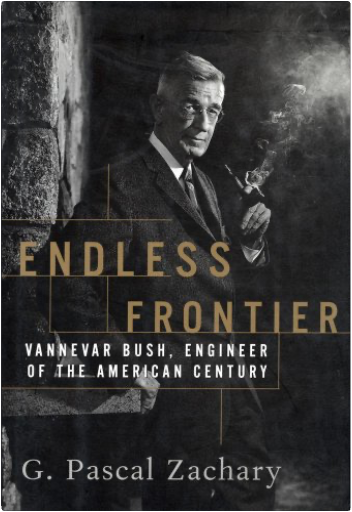
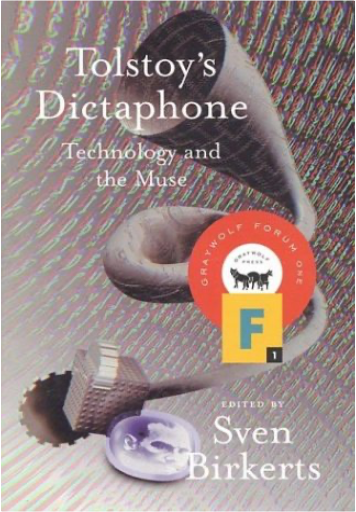
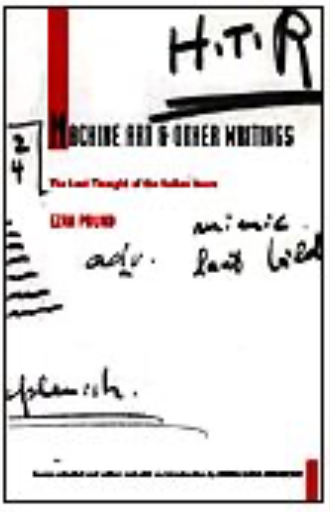
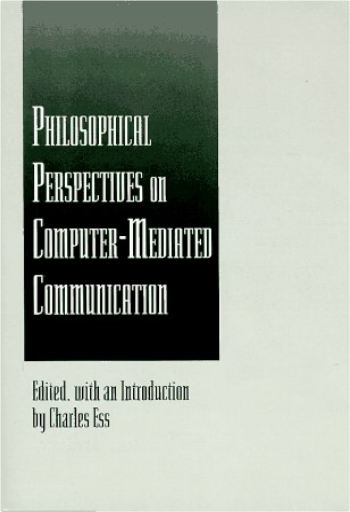
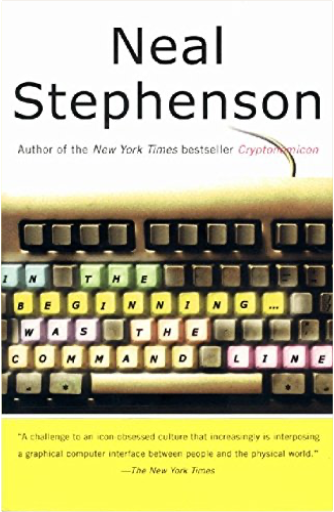

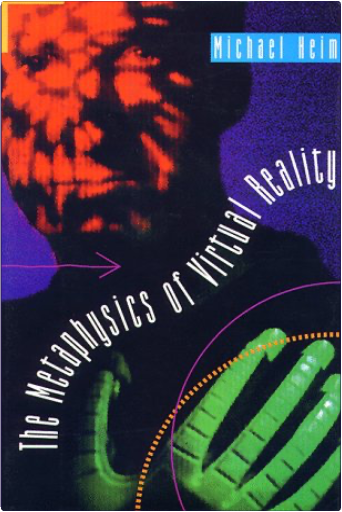

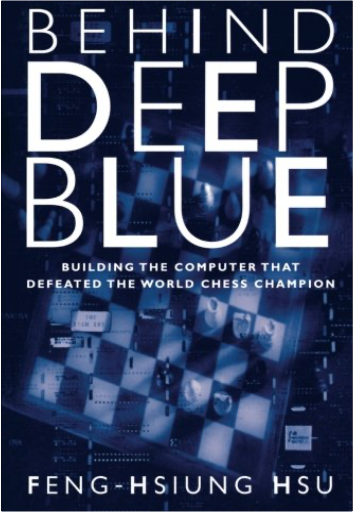
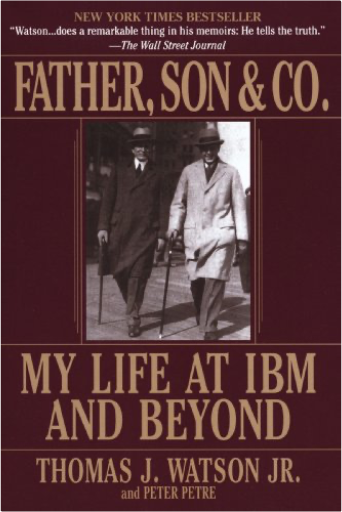
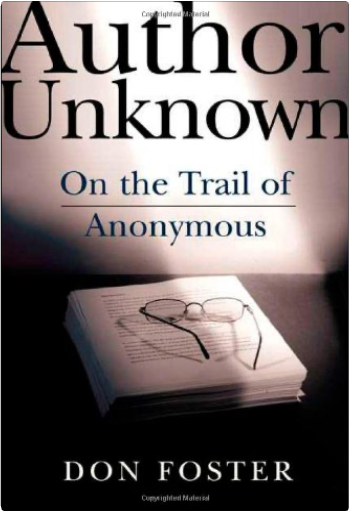




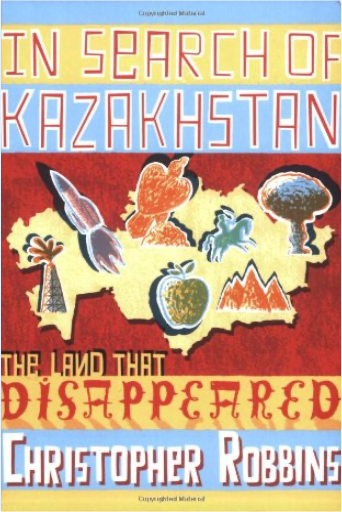
 Made with Delicious Library
Made with Delicious Library